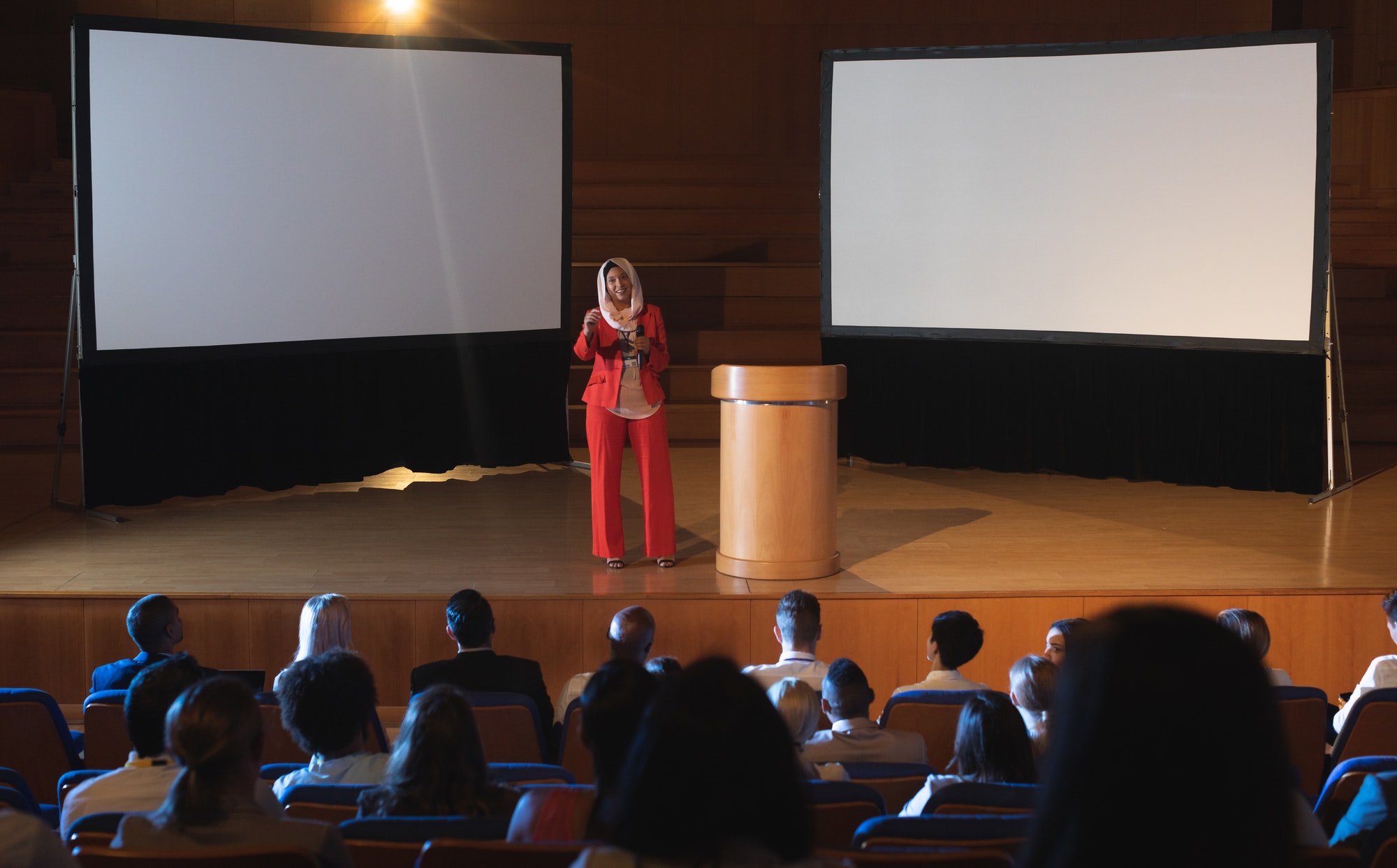Absolutely, I’d love to help with that! A class library titled “How to Maximize Library Function” can be an invaluable resource for educators, librarians, and anyone interested in optimizing the use of library spaces and resources. Here’s a comprehensive plan to develop a creative and effective class library on this topic:
1. Introduction to Library Functionality
Objective: Understand the core functions and purposes of modern libraries.
- Overview of Library Functions: Research and discuss the various roles libraries play in communities, from information access to community engagement.
- Historical Evolution: Briefly explore how libraries have evolved and how their functions have expanded over time.
- Current Trends: Examine current trends and future directions for libraries.
2. Maximizing Space Utilization
Objective: Learn strategies to make the most of library spaces.
- Design and Layout: Explore best practices for designing flexible, multi-use library spaces.
- Furniture and Equipment: Discuss options for modular and adaptable furniture and technology.
- Case Studies: Review examples of libraries that have successfully optimized their spaces.
3. Enhancing Collection Management
Objective: Improve the management and accessibility of library collections.
- Cataloging and Classification: Understand effective cataloging systems and classification schemes.
- Digital vs. Physical Collections: Compare and contrast the management of digital and physical materials.
- Collection Development: Learn about strategies for selecting and managing collections to meet community needs.
4. Boosting User Engagement and Services
Objective: Increase library use and user satisfaction.
- Programming and Events: Develop engaging programs and events that attract diverse groups.
- Community Outreach: Strategies for effective outreach and partnerships with local organizations.
- User Feedback: Methods for gathering and using user feedback to improve services.
5. Leveraging Technology
Objective: Incorporate technology to enhance library functions.
- Digital Tools and Resources: Explore technologies such as online catalogs, e-books, and digital databases.
- Innovative Services: Discuss new technologies like virtual reality, 3D printing, and maker spaces.
- Staff Training: Ensure staff are trained to use and support new technologies.



